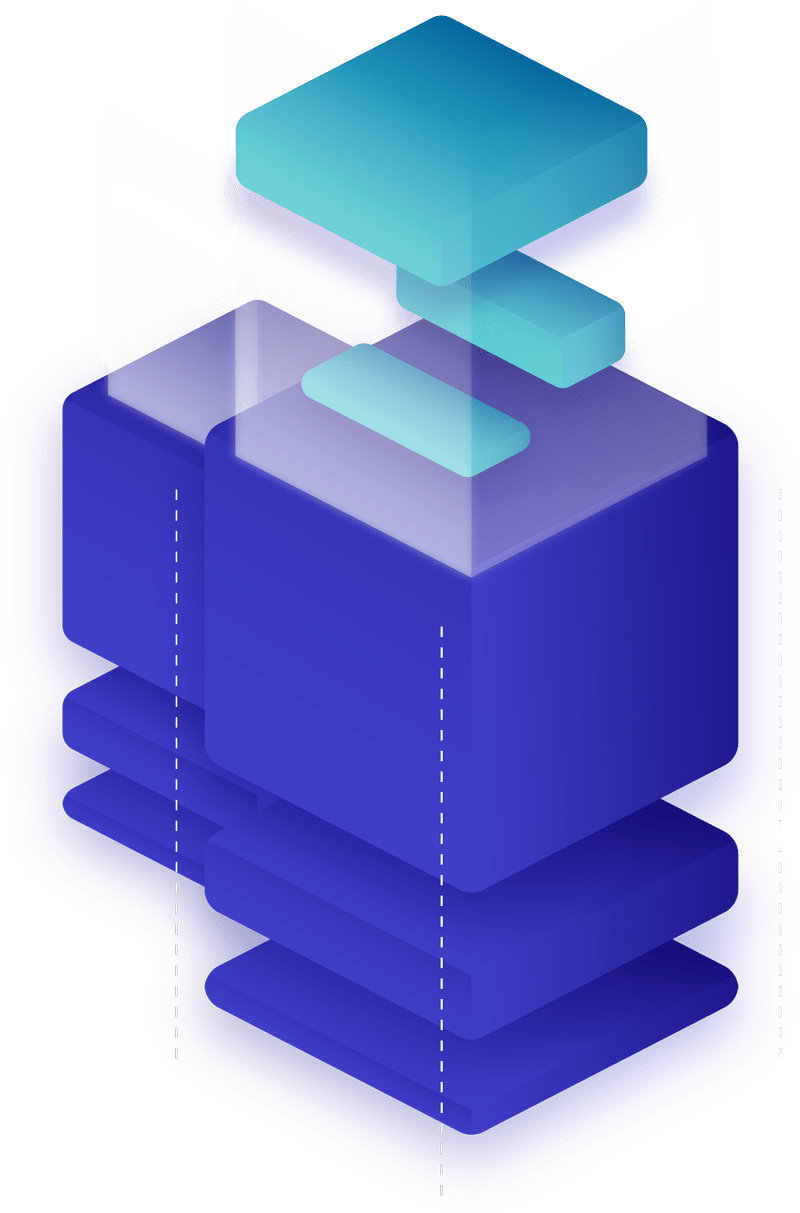Hedera HBAR

Why Choose Hedera HBAR?
Choosing Hedera Hashgraph (HBAR) offers unique advantages due to its distinct technology and architecture. Unlike traditional blockchain, Hedera uses a hashgraph consensus mechanism, enabling extremely high transactional speed and efficiency with lower costs, a significant improvement over many blockchain platforms. This makes it well-suited for a variety of applications, from microtransactions to complex enterprise solutions. Additionally, Hedera boasts enhanced security and fairness in transaction ordering, reducing the risk of fraud and manipulation. Its governance model, led by a council of diverse and reputable organizations, ensures decentralized and stable network management. Moreover, Hedera’s strong focus on sustainability, with its low-energy consumption model, appeals to environmentally conscious users and developers. The platform’s growing ecosystem, including DeFi, supply chain, and content services, further highlights its versatility and potential for widespread adoption.
Fast
Efficient
Secure

How Does Hedera Hashgraph (HBAR) Coin Work?
High Throughput
Secure
Sustainable
Benefits of Hedera HBAR
Hedera Hashgraph (HBAR) offers a range of benefits that stem from its unique underlying technology, setting it apart in the blockchain and cryptocurrency space. At its core, Hedera uses a hashgraph consensus mechanism, a novel approach that offers exceptional speed and efficiency in processing transactions. This high throughput capability is a significant advantage, especially for applications requiring rapid transaction processing, such as payment systems and decentralized finance (DeFi) platforms.
Another notable benefit of Hedera Hashgraph is its enhanced security. The hashgraph consensus is designed to be more secure against certain types of attacks that are common in traditional blockchain systems, providing a robust and reliable infrastructure for various applications. This security is complemented by the fairness in transaction ordering, a critical feature for applications where the sequence of transactions is crucial.
Hedera’s governance model is also a standout feature. Managed by a global council consisting of diverse and reputable organizations, it ensures a decentralized and stable governance structure, enhancing trust and stability in the network.
This model addresses common concerns in blockchain systems regarding centralization and equitable management.
Moreover, Hedera Hashgraph is recognized for its low-energy consumption, making it an environmentally friendly alternative to traditional proof-of-work (PoW) blockchain networks. This sustainability aspect is increasingly important to users and developers who are environmentally conscious and seek eco-friendly technology solutions.
The platform’s versatility is further highlighted by its suitability for a wide range of applications, from enterprise solutions to consumer applications. Its ability to handle complex operations at high speed and low cost makes it an attractive platform for developing a variety of decentralized applications.
In summary, Hedera Hashgraph (HBAR) presents a compelling alternative in the cryptocurrency world, offering high throughput, enhanced security, fair transaction ordering, decentralized governance, environmental sustainability, and wide applicability across various sectors. These attributes position Hedera as a forward-thinking and versatile choice in the evolving landscape of distributed ledger technologies.
Introduction to Hedera Hashgraph (HBAR) crypto
Introduction to Hedera Hashgraph (HBAR)
Creating a comprehensive 1500-word piece about Hedera Hashgraph (HBAR) involves an in-depth exploration of its origins, unique technology, features, the role of its native token, benefits, challenges, and its potential future impact. Here’s an extensive overview:
Introduction
Hedera Hashgraph (HBAR) represents a significant innovation in the world of blockchain and distributed ledger technology (DLT). Launched in 2019, Hedera is not a traditional blockchain but rather a hashgraph, which allows for faster, more secure, and fairer transactions. It was developed to address the limitations of existing blockchain technologies, such as speed, cost, and scalability.
Background and Development
Hedera Hashgraph was co-founded by Dr. Leemon Baird and Mance Harmon. Dr. Baird, the inventor of the hashgraph algorithm, sought to create a more efficient alternative to blockchain. The Hedera platform and its native cryptocurrency, HBAR, were designed to support a wide range of applications, including payments, decentralized finance (DeFi), and supply chain management.
How Hedera Hashgraph Works
Hashgraph Consensus Mechanism:
Unlike blockchain, Hedera uses a hashgraph consensus algorithm, which allows for fast transaction speeds and high throughput. This mechanism is based on a gossip protocol, where nodes efficiently and rapidly share information.
Gossip about Gossip:
Nodes in Hedera exchange information about transactions and the history of their communication, leading to faster consensus without the need for proof-of-work (PoW) or proof-of-stake (PoS).
Virtual Voting:
Hedera achieves consensus through virtual voting, ensuring that transactions are fair and in chronological order.
Unique Features of Hedera Hashgraph
High Throughput:
Capable of processing thousands of transactions per second, significantly higher than traditional blockchains.
Low Latency:
Transactions are confirmed within seconds, making it practical for real-world applications.
Security:
Offers robust security against attacks like Sybil attacks, DDoS, and 51% attacks.
Fairness:
Ensures fair transaction ordering, critical for applications like stock markets and auctions.
The Role of HBAR Token
The HBAR token serves multiple purposes within the Hedera ecosystem:
Fuel for Transactions:
Used to pay for transaction fees on the network.
Network Security:
HBAR plays a role in securing the network, though Hedera doesn’t use a traditional staking model.
Governance:
Token holders can vote on network proposals and changes, though governance is primarily managed by the Hedera Governing Council.
Benefits of Hedera Hashgraph
Hedera offers several advantages over traditional blockchain networks:
Efficiency:
The hashgraph consensus mechanism is more energy-efficient than PoW, making Hedera an eco-friendlier option.
Scalability:
Its ability to handle high transaction volumes makes it scalable for widespread use.
Cost-Effectiveness:
Low transaction fees make it economically viable for various applications.
Finality:
Hedera provides quick finality of transactions, essential for trust in business applications.
Applications and Use Cases
Hedera’s unique features make it suitable for a wide range of applications:
Payments:
Enables fast, low-cost, and secure cross-border payments.
Decentralized Finance (DeFi):
Supports various DeFi applications with its high throughput and security.
Supply Chain Management:
Can track goods with transparency and efficiency.
Gaming and NFTs:
Suitable for gaming applications and NFT marketplaces due to its fast transaction speeds.
Hedera’s Ecosystem
The Hedera ecosystem includes various tools and services:
Hedera Token Service (HTS):
Allows users to issue and manage tokens on the Hedera platform.
Hedera Consensus Service (HCS):
Provides a verifiable timestamp and ordering of events for any application.
Partnerships and Integration:
Hedera has formed partnerships with various companies and platforms to expand its utility.
Challenges and Criticisms
Despite its advantages, Hedera Hashgraph faces certain challenges:
Understanding and Adoption:
As a relatively new technology, gaining widespread understanding and adoption is a challenge.
Competition:
Faces competition from established blockchain platforms and other emerging technologies.
Centralization Concerns:
The governance model, though effective, has raised questions about centralization.
Future Prospects
The future of Hedera Hashgraph looks promising, with potential impacts in several areas:
Mainstream Adoption:
As awareness grows, Hedera could see increased adoption across various sectors.
Technological Advancements:
Continued innovation in DLT could see Hedera at the forefront of new applications.
Expansion of the Ecosystem:
Growing the number of applications and partnerships will likely increase Hedera’s utility.
Influence on DLT and Blockchain Technology:
Hedera’s unique approach could influence the future direction of DLT and blockchain.
Conclusion
Hedera Hashgraph (HBAR) represents a significant advance in distributed ledger technology, offering a unique combination of speed, security, fairness, and efficiency. Its hashgraph consensus mechanism sets it apart from traditional blockchain technologies, allowing for a wide range of applications across various industries. While challenges exist, its potential to revolutionize how we think about and use DLT is immense.
In summary, Hedera Hashgraph offers a novel approach to DLT, promising to address many of the limitations of traditional blockchain technology. With its high throughput, low fees, and secure environment, it stands as a compelling option for businesses and developers looking to leverage the benefits of distributed ledger technology.
